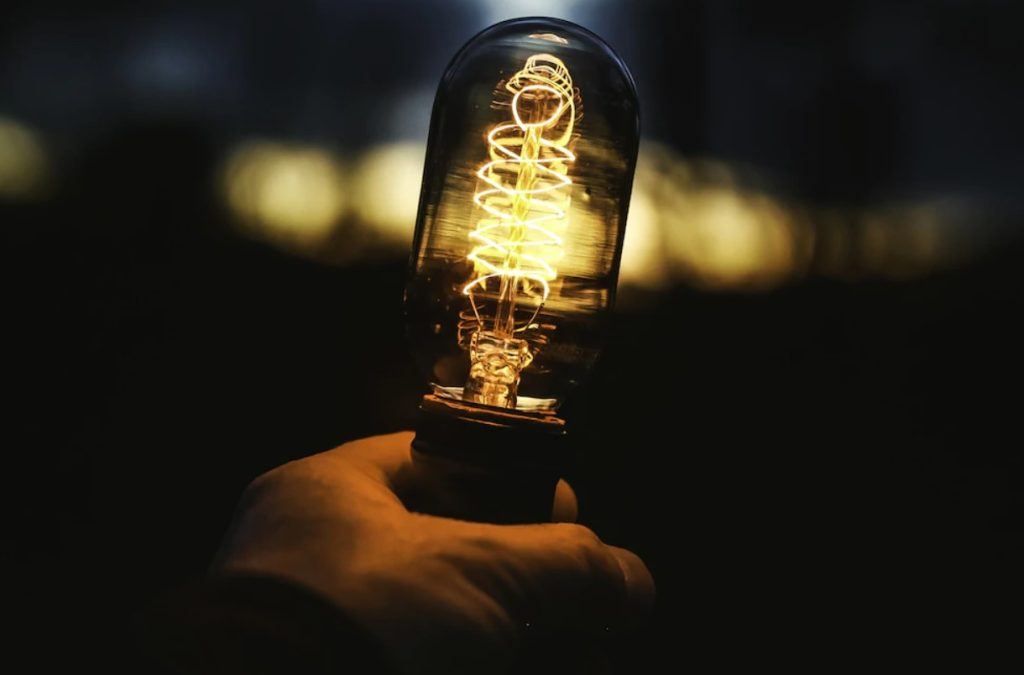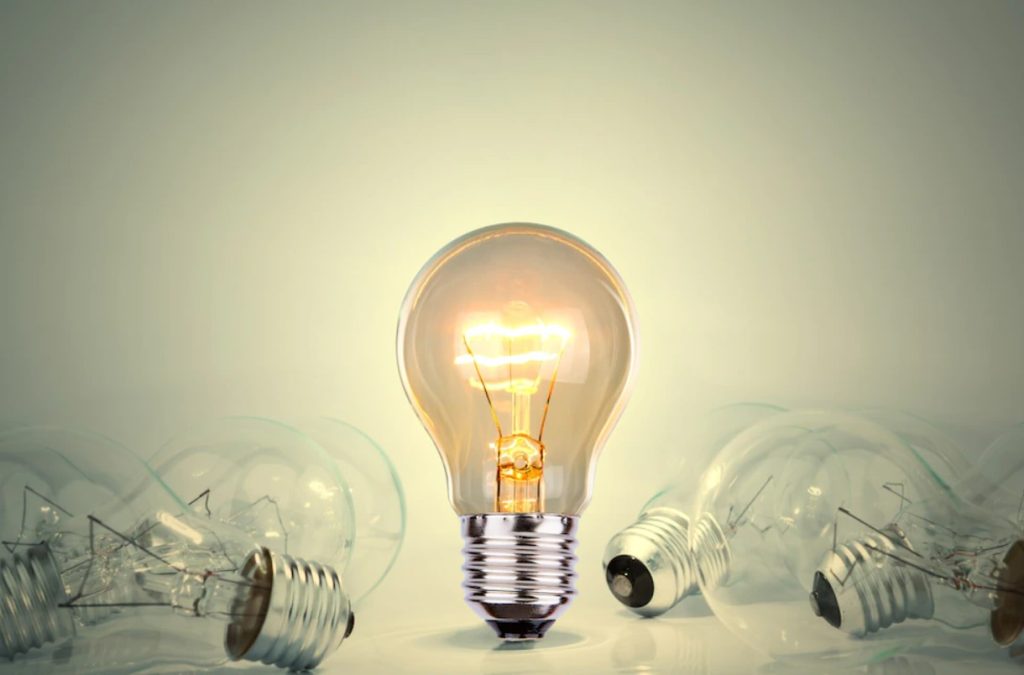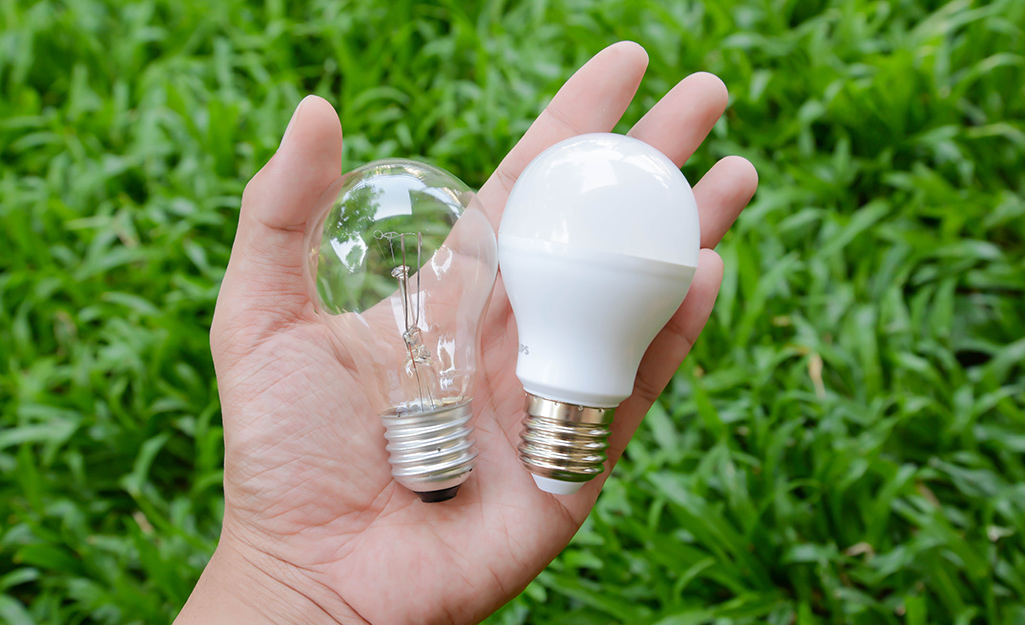LEDs are a simple yet intricate invention that has overtaken conventional lighting like HID lamps and fluorescent and incandescent lights. Finding it hard to comprehend them? For starters, LED stands for light-emitting diode. A diode is an electrical component consisting of two electrodes, a cathode, and an anode, which allow electricity to flow. With that in mind, we can describe an LED as a semiconductor device emitting visible light when an electric current flows through it.
Although LED’s fame is currently surmountable, it was created in the 1960s. But it took the lighting industry quite some time to get accustomed to it and invent reliable LED solutions, which have proven to be more advanced than their predecessors. The lighting industry has seen LED light bulbs and fixtures replace traditional incandescent bulbs. When you purchase LED lights from phoenixlighting.com, you can rest assured of safety in your home or workplace where lighting is required. The working heavy-duty LED supplier mechanism of LEDs is comprehensible and it relies on the aspect of electroluminescence.
The reason behind the invention of LED lighting

The advanced technology facilitates the development of new quality products, and the lighting industry refuses to lag. While traditional incandescent lighting has been serving its purpose entirely, they have a few setbacks, including that they produce too much heat and are not very energy-efficient. With the current evolving world, people are trying to save the environment from further pollution while minding their comfort. The need for quality but safe lighting led to the development of LED lighting. LED bulbs are famous for their eco-friendly light and energy efficiency.
Although LED technology was first launched in the 1960s, its devices have surpassed the imaginable. A few decades ago, LEDs were only useful in creating small devices like calculators and remote controls due to their dim light. Today, LED bulbs can produce several colors in a range of temperatures.
The pros of LED lighting

LED offers numerous benefits compared to conventional lights, making LED lights preferable to incandescent and fluorescent bulbs. Some of the pros of LED lighting include:
• LED is associated with less heat
Without a thermal management mechanism, incandescent bulbs can get extremely hot. The LED lighting fixtures have thermal management mechanisms and utilize heat sinking to dispel the heat, thus preventing the LED light fixture from overheating. LED light bulbs are also suitable in temperature-sensitive environments, meaning one can use them in conjunction with air conditioning and heating systems. Minimal heat generation prevents the deterioration of the light fittings due to excess heat.
• LED is energy efficient
LED lights are just as efficient as traditional incandescent and fluorescent bulbs, except that they consume minimal power. Statistics point out that LED light bulbs use 18% of electricity compared to conventional fluorescent bulbs and a maximum of 85% compared to traditional incandescent bulbs, thus saving energy. In addition to saving electricity and consuming minimal energy, LED lighting reduces electricity costs significantly.
• LEDs are cost-effective
With the current unbridled environmental degradation, embracing a safer approach to all life aspects is crucial. While LED lighting may not reverse the damage, it reduces it by a notch. The energy efficiency of LED lighting makes them perfect to use together with renewable sources like solar power. LED lights are also free of hazardous substances like mercury, making them environment-friendly. Additionally, LED lights require minimal maintenance runs as compared to fluorescent lights.
• LED systems produce directional light
Unlike other traditional lighting systems, LED lights do not emit scattered light. Conventional lighting systems direct light in 360 degrees, while LEDs focus the light 180 degrees around the lighting device.
• LEDs rarely attract insects, and bugs
It is common for insects and bugs to gather around a light source, a setback that makes incandescent lamps unsuitable to use outdoors. Several sources claim that LED lights rarely attract bugs, meaning they are convenient outdoor light sources.
• LEDs allow control over light output
Unlike LED lighting technology, most conventional lighting technologies have minimal control over the light output. This feature allows one to adjust the light output and brightness of LED bulbs.
Cons of LED lighting

With the impressive number of LED lighting advantages, it is customary to wonder if they have any downsides. Virtually everything created by man has its upsides and downsides. Some of the drawbacks of LED lighting include:
• LED lamp systems elevate the blue hazard
As much as LED lights are environment-friendly, they emit blue light, which is anything but safe for the human eye. The blue light from the cool white and blue LEDs negatively affects the human eye by compromising vision and intensifying the incidence of glare.
• LEDs result in blue pollution
LED lighting emits high amounts of blue light compared to conventional light sources, increasing the probability of light pollution. Blue pollution interferes with circadian rhythms, resulting in poor sleep quality and overall quality of life. This has caught the attention of the International Dark-Sky Association of the growing light pollution associated with LED lights. In retaliation, the association has recommended using full shielded fixtures and avoiding white light sources with color temperatures exceeding 3000 K.
• LED fixtures are considerably voltage-sensitive
LED fixtures require optimal operational levels, and a slight deviation can negatively affect an LED’s lifespan. Flickering LEDs are often due to interference in the power supplies.
LED technology is costly

Compared to conventional lighting technology, LED lighting is a costly venture initially. LED bulbs are typically more expensive than LED bulbs. However, over time they tend to be cost-efficient due to their energy-saving ability and impressive long lifespans.
LEDs are under constant development to maximize the user benefits and minimize their disadvantages. Despite their drawbacks, LEDs are popular because of their numerous advantages, especially energy efficiency and long lifespan. A walk-through of the upsides and downsides of LEDs is to brace you with adequate information to make an informed decision concerning the LED sources in your offices and homes, whether daylight or natural light options.
